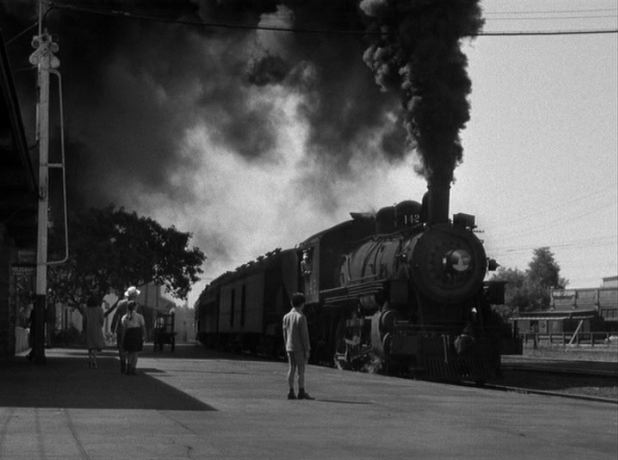 I love Halloween. Especially the iconic images of Halloween: the gypsy fortune teller driving her cart through a forest at night, lit by a solitary lamp; ghostly women in diaphanous gowns who walk the halls of old houses at the ends of lonely roads; cackling witches; yowling black cats; grinning jack o' lanterns; and death riding a skeletal horse through a midnight sky. My idea of Halloween is, obviously, a romantic one based on the influence of a lifetime of Gothic literature, cheap, paper Halloween decorations, and old Hollywood movies.
I love Halloween. Especially the iconic images of Halloween: the gypsy fortune teller driving her cart through a forest at night, lit by a solitary lamp; ghostly women in diaphanous gowns who walk the halls of old houses at the ends of lonely roads; cackling witches; yowling black cats; grinning jack o' lanterns; and death riding a skeletal horse through a midnight sky. My idea of Halloween is, obviously, a romantic one based on the influence of a lifetime of Gothic literature, cheap, paper Halloween decorations, and old Hollywood movies.In my opinion, the best horror films ever were made in Hollywood in the 30s and 40s and though I love Universal Horror as much as anyone else (The Black Cat, especially) my personal favorites are those kitschy, heavy-handed, offensively cliche RKO films made by Val Lewton on a shoestring budget with a repertory cast. He stole from classic literature frequently (both The 7th Victim and I Walked with a Zombie are drawn from Jane Eyre), relied on offensive stereotyping, and sometimes I'm damned if I can figure out what the point of the film is (what's with that woman in The Curse of the Cat People, anyway) but he also created fun, stylish, moody films that while not actually scary are spooky in that uniquely Halloween way. I guess I'm easy, give me an outmoded folk legend, an exotic locale, or a deserted house with subterranean waters and I'm yours.
The first time I saw them was on a cable channel Halloween marathon and I've been in love with them ever since. If the only Val Lewton film you've ever seen is Cat People, you should definitely check out some of the others. My personal favorites are:
I Walked with a Zombie - a young nurse travels to the West Indies to care for a madwoman and comes face to face with Voodoo, very evocative, very lifted from Jane Eyre.
Isle of the Dead - a group of people are trapped on an island with Boris Karloff and a dread disease. They're droppin' like flies.
The 7th Victim - a young career woman goes to the big city and gets involved with Satanists - can her little sister save her?
And, of course, last but never least, Cat People - a curse from the old country follows a young woman to her new home and destroys her life.
If you want some more ideas, read Wendell Jamieson's article from the New York Times or Bright Lights Film Journal's article on Val Lewton.
Have fun! Don't get sick on corn candy!






























